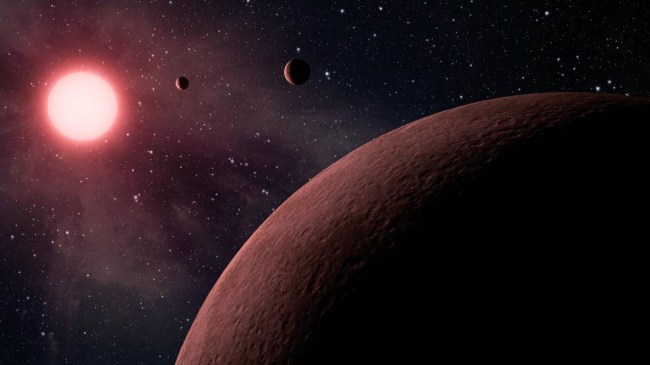Five months ago, NASA’s Kepler space telescope has made an incredible discovery of 219 exoplanets, including 10 that are Earth-like and could possibly support life. A year ago, NASA found 1,284 new exoplanets, including nine that are potentially habitable. There’s no time for Keplar to rest on its laurels because it has already located 20 more planets that could potentially host life.
The prospective new worlds found during NASA’s K2 Mission could be our best bet yet at finding alien life as well as someday hosting us. Scientists are extremely thrilled and optimistic about these latest discoveries because these planets orbit stars much like our sun. Plus, they have long orbits and some are extremely similar to Earth. The most encouraging exoplanet is KOI-7923.0, which has an orbit of 395 days and is 97% the size of Earth. It is a little further from its star than Earth, so it is colder, but still warm enough and large enough to provide liquid water to support life. “If you had to choose one to send a spacecraft to, it’s not a bad option,” Jeff Coughlin, a team leader on the Kepler project and one of the scientists who found the new planets.
The fastest orbit of the potential life-giving planets is a mere 18 Earth days. NASA’s Kepler team said that 70 to 80% of the exoplanets are solid prospects for life. Before we send spacecraft to this potential Earth 2.0 NASA wants to investigate them further from ground-based observatories or the Hubble Space Telescope, which could take years based on the planet’s orbit. Once we finally do get there, I can’t wait for us to screw up 20 more planets.
[NDTV]
